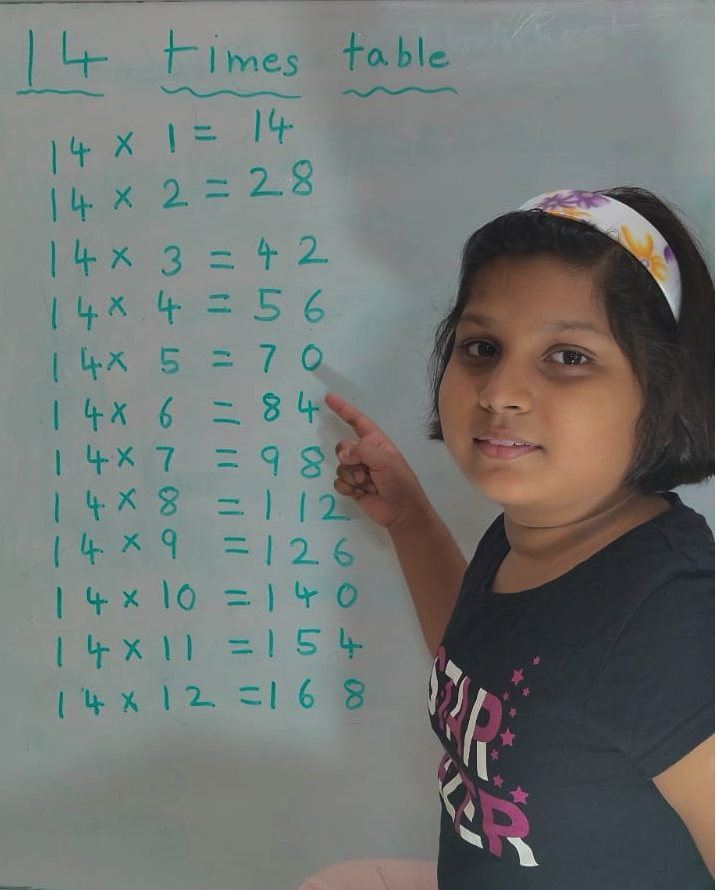Representation of a Set
In representation of a set the following three methods are commonly used:
(i) Statement form method
(ii) Roster or tabular form method
(iii) Rule or set builder form method
1. Statement form:
In this, well-defined description of the elements of the set is given and the same are enclosed in curly brackets.
For example:
(i) The set of odd numbers less than 7 is written as: {odd numbers less than 7}.
(ii) A set of football players with ages between 22 years to 30 years.
(iii) A set of numbers greater than 30 and smaller than 55.
(iv) A set of students in class VII whose weights are more than your weight.
2. Roster form or tabular form:
In this, elements of the set are listed within the pair of brackets { } and are separated by commas.
For example:
(i) Let N denote the set of first five natural numbers.
Therefore, N = {1, 2, 3, 4, 5} → Roster Form
(ii) The set of all vowels of the English alphabet.
Therefore, V = {a, e, i, o, u} → Roster Form
(iii) The set of all odd numbers less than 9.
Therefore, X = {1, 3, 5, 7} → Roster Form
(iv) The set of all natural number which divide 12.
Therefore, Y = {1, 2, 3, 4, 6, 12} → Roster Form
(v) The set of all letters in the word MATHEMATICS.
Therefore, Z = {M, A, T, H, E, I, C, S} → Roster Form
(vi) W is the set of last four months of the year.
Therefore, W = {September, October, November, December} → Roster Form
Note:
The order in which elements are listed is immaterial but elements must not be repeated.
3. Set builder form:
In this, a rule, or the formula or the statement is written within the
pair of brackets so that the set is well defined. In the set builder
form, all the elements of the set, must possess a single property to
become the member of that set.
In this form of representation of a set, the element of the set is described by using a symbol ‘x’
or any other variable followed by a colon The symbol ‘:‘ or ‘|‘ is used
to denote such that and then we write the property possessed by the
elements of the set and enclose the whole description in braces. In
this, the colon stands for ‘such that’ and braces stand for ‘set of
all’.
For example:
(i) Let P is a set of counting numbers greater than 12;
the set P in set-builder form is written as :
P = {x : x is a counting number and greater than 12}
or
P = {x | x is a counting number and greater than 12}
This will be read as, 'P is the set of elements x such that x is a counting number and is greater than 12'.
Note:
The symbol ':' or '|' placed between 2 x's stands for such that.
(ii) Let A denote the set of even numbers between 6 and 14. It can be written in the set builder form as;
A = {x|x is an even number, 6 < x < 14}
or A = {x : x ∈ P, 6 < x < 14 and P is an even number}
(iii) If X = {4, 5, 6, 7} . This is expressed in roster form.
Let us express in set builder form.
X = {x : x is a natural number and 3 < x < 8}
(iv) The set A of all odd natural numbers can be written as
A = {x : x is a natural number and x = 2n + 1 for n ∈ W}
Solved example using the three methods of representation of a set:
The set of integers lying between -2 and 3.
Statement form: {I is a set of integers lying between -2 and 3}
Roster form: I = {-1, 0, 1, 2}
Set builder form: I = {x : x ∈ I, -2 < x < 3}
● Set Theory
● Sets
● Subset
8th Grade Math Practice
From Representation of a Set to HOME PAGE
Didn't find what you were looking for? Or want to know more information about Math Only Math. Use this Google Search to find what you need.
Recent Articles
-
Vertical Subtraction | Examples | Word Problems| Video |Column Method
Mar 22, 25 05:20 PM
Vertical subtraction of 1-digit number are done by arranging the numbers column wise i.e., one number under the other number. How to subtract 1-digit number vertically? -
Worksheet on 11 Times Table | Printable Multiplication Table | Video
Mar 22, 25 05:08 PM
Worksheet on 11 times table can be printed out. Homeschoolers can also use these multiplication table sheets to practice at home. -
Worksheet on 10 Times Table | Printable Multiplication Table | Video
Mar 21, 25 03:46 PM
Worksheet on 10 times table can be printed out. Homeschoolers can also use these multiplication table sheets to practice at home. -
5th Grade Prime and Composite Numbers | Definitions | Examples | Math
Mar 21, 25 12:18 AM
5th grade prime and composite numbers -
14 Times Table | Read and Write Multiplication Table of 14| Video
Mar 20, 25 04:03 PM
In 14 times table we will learn how to read and write multiplication table of 14. We read fourteen times table as:One time fourteen is 14 Two times fourteen are 28 Three times fourteen are 42





New! Comments
Have your say about what you just read! Leave me a comment in the box below. Ask a Question or Answer a Question.